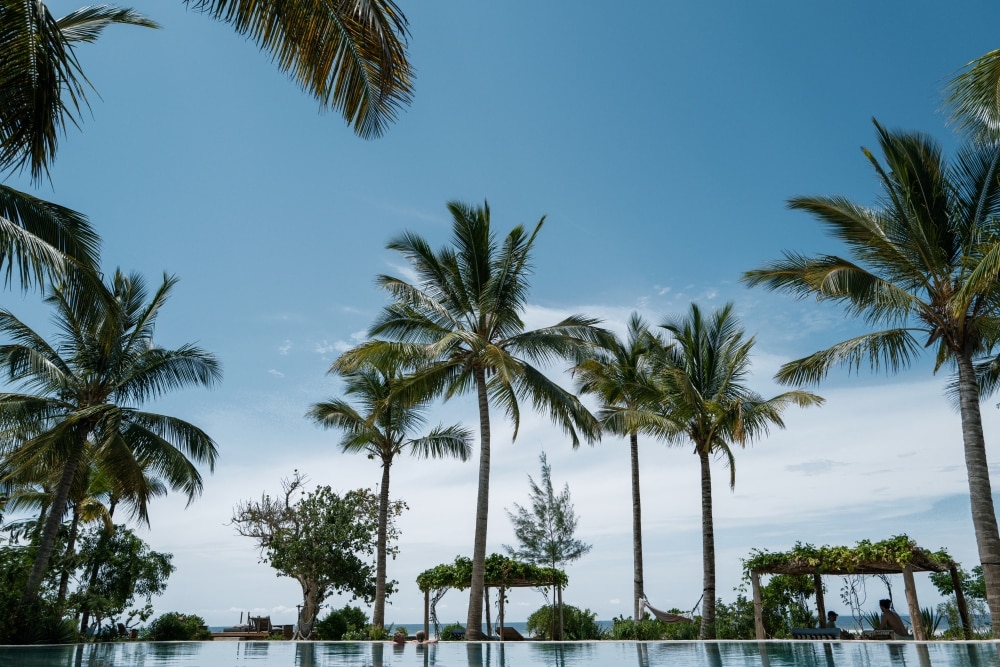Atraksi wisata di Beatty
Aktivitas, Atraksi Wisata, dan Tur
Kunjungi Beatty
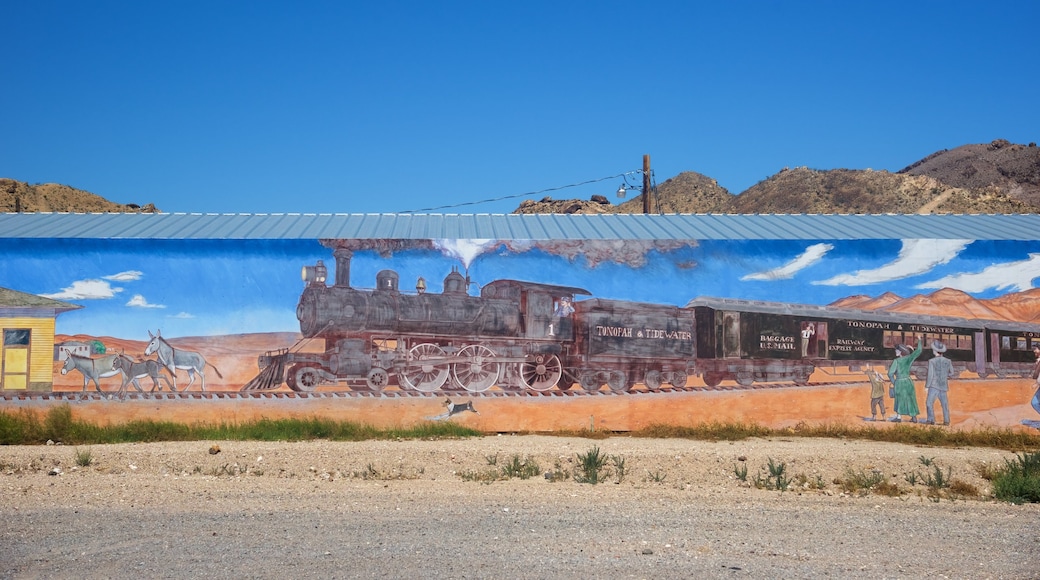
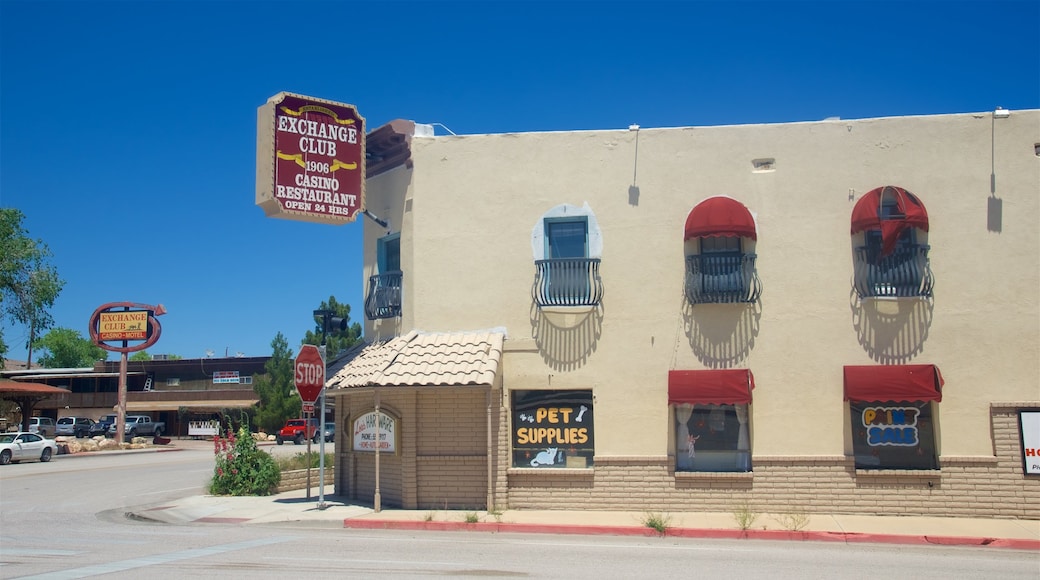
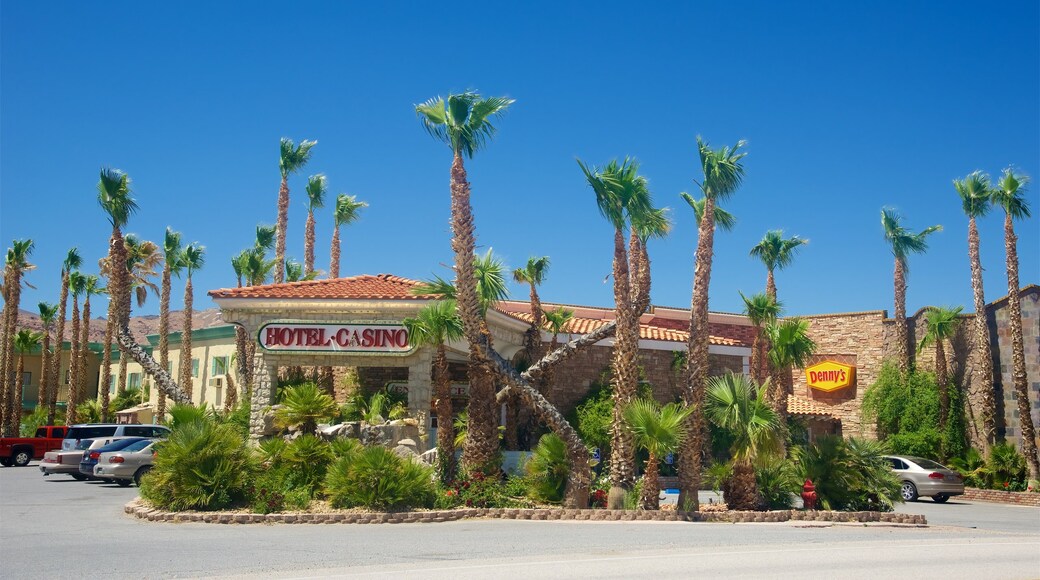
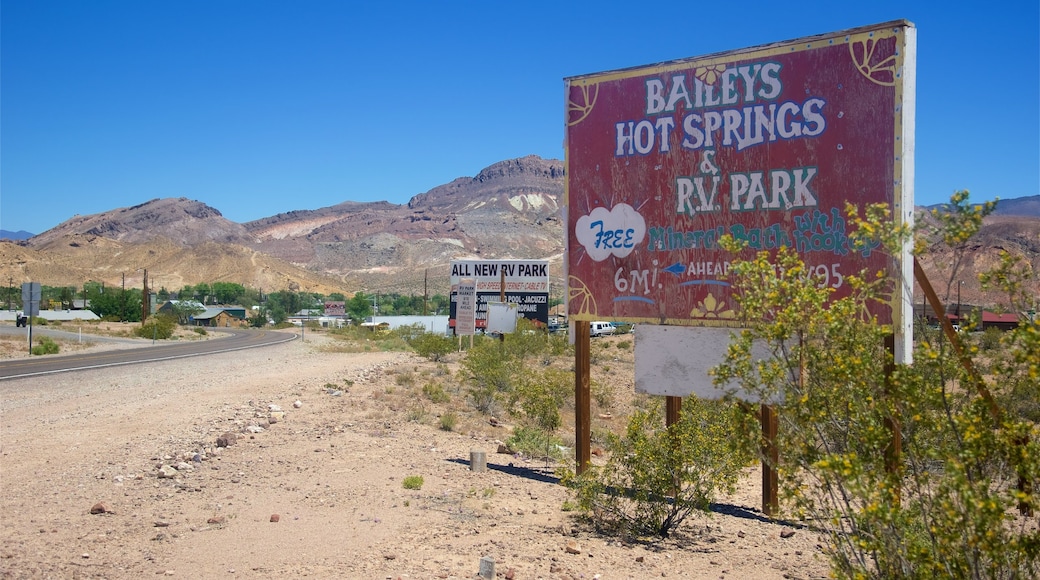
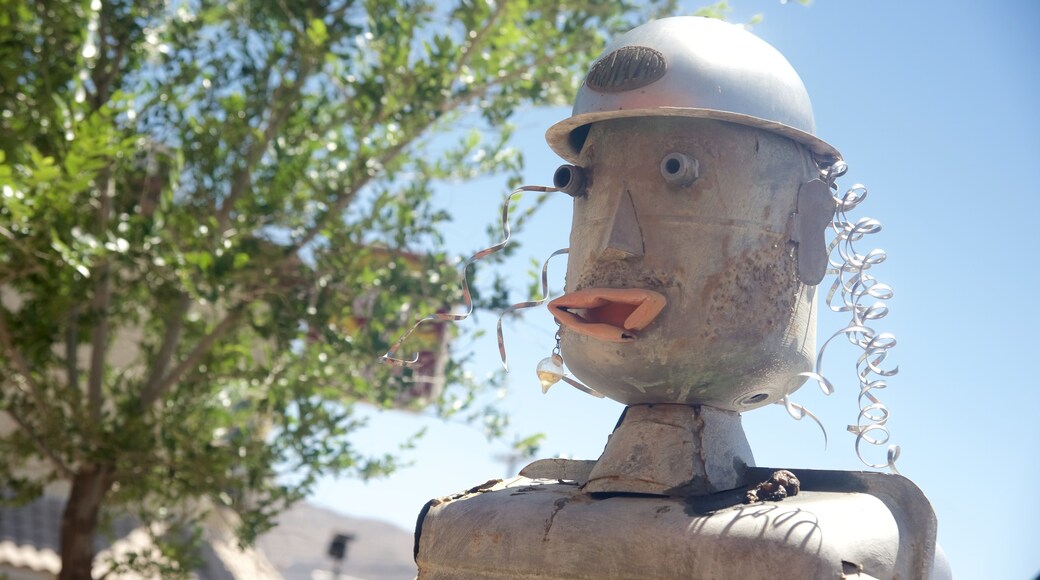
- Jelajahi aktivitasJelajahi ribuan pengalaman mulai dari aktivitas dan objek wisata hingga tur sehari dan transportasi.
- Pesan dengan mudahTidak perlu antre - pesan tiket online dalam hitungan menit ke objek wisata terbaik dengan pembatalan gratis untuk banyak aktivitas.
- Manjakan diri AndaMember hemat minimal % saat Anda memesan aktivitas.
Tempat populer untuk dikunjungi
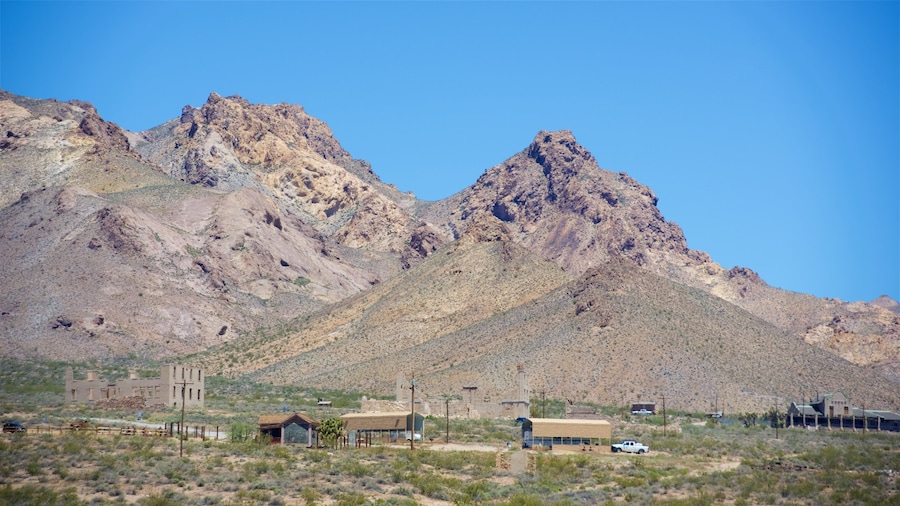
Kota Hantu Rhyolite
Anda dapat mengetahui sejarah dari Rhyolite saat Anda mampir ke Kota Hantu Rhyolite. Jelajahi gurun pasir dan pedesaan area ini.
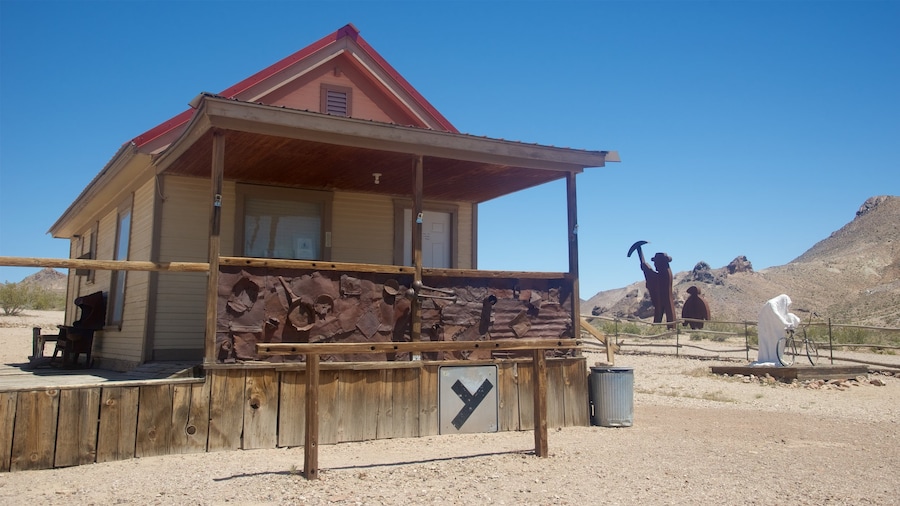
Museum Terbuka Goldwell
Anda dapat menghabiskan waktu mencari pameran di Museum Terbuka Goldwell selama perjalanan Anda ke Rhyolite. Jelajahi gurun pasir dan pedesaan area ini.
Perusahaan Kacang dan Permen Death Valley
Nikmati tamasya ke Perusahaan Kacang dan Permen Death Valley selama Anda menginap di Beatty. Jelajahi gurun pasir dan pedesaan area ini.
Museum dan Balai Sejarah Beatty
Anda dapat menghabiskan waktu mencari pameran di Museum dan Balai Sejarah Beatty selama perjalanan Anda di Beatty. Jelajahi gurun pasir dan pedesaan area ini.
Cottonwood Park
Jelajahi aktivitas outdoor di Cottonwood Park, ruang terbuka hijau yang indah di Beatty. Jelajahi gurun pasir dan pedesaan area ini.
Pusat Komunitas Beatty
Pusat Komunitas Beatty adalah salah satu tempat untuk dikunjungi di Beatty, maka kenapa tidak menikmati hal lain untuk dijelajahi selama perjalanan Anda? Jelajahi gurun pasir dan kasino area ini.
- Hotel dekat Kota Hantu Rhyolite
- Hotel dekat Museum dan Balai Sejarah Beatty
- Hotel dekat Cottonwood Park
- Hotel dekat Pusat Komunitas Beatty
- Hotel dekat Taman Nasional Death Valley
- Hotel dekat Bukit Pasir Mesquite Flat
- Hotel dekat Pintu Masuk Timur Laut Taman Nasional Death Valley
- Hotel dekat Ngarai Titus
- Hotel dekat Kota Hantu Leadfield

